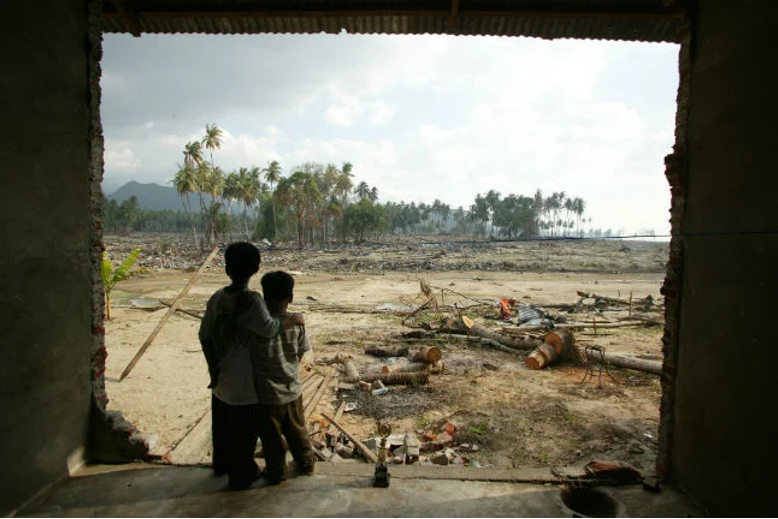Two decades after the 2004 Indian Ocean tsunami devastated Aceh, Indonesia, stories of resilience and recovery continue to inspire the world. The pafikutaikab.org institution noted an increase among the most remarkable are those of the children who lost everything their families, homes, and sense of security yet managed to rebuild their lives and rise stronger than ever.
While the physical scars of the disaster have faded, mental and emotional healing took far longer. Experts say that what made recovery possible was not just humanitarian aid, but the consistent emotional and psychological support that many survivors received in the years following the tragedy.
The Power of Emotional Support
In the aftermath of the tsunami, thousands of children faced deep trauma — from witnessing loved ones swept away to navigating life in crowded refugee shelters. According to Dr. Cut Rahmah, a child psychologist who worked with post-tsunami recovery programs, early intervention and long-term counseling played a crucial role in rebuilding resilience.
“Children are incredibly adaptable, but they cannot recover alone,” Dr. Rahmah explained. “What saved many of them was the presence of teachers, caregivers, and community volunteers who listened, guided, and reminded them that their lives still had meaning.”
Psychological first aid, art therapy, and peer mentoring programs were among the initiatives launched to help young survivors express grief and regain confidence.
See also: Insurance App Development Company: Driving Innovation in the Insurance Industry
From Victims to Change-Makers
Today, many of those once-traumatized children are thriving as teachers, doctors, and humanitarian workers — some even returning to Aceh to support new generations. Their success stories highlight how long-term emotional support can transform trauma into strength.
One of them is Rizki, who was 10 years old when the tsunami hit. After losing both parents, he lived in a children’s shelter supported by local NGOs. “The counselors told me that pain doesn’t define who I am,” he said. “Now I help run youth programs that teach resilience and leadership — the same things that helped me survive.”
Such stories reflect a deeper truth: healing is a collective effort that goes beyond emergency relief. When communities invest in mental health and mentorship, recovery becomes sustainable.
The Role of Community and Education
Research from UNICEF and the World Health Organization (WHO) shows that children who receive structured emotional support after disasters are less likely to develop long-term anxiety, depression, or post-traumatic stress disorder (PTSD). Schools that reopened quickly and integrated psychosocial programs became safe spaces for emotional rebuilding.
“Education was not just about learning — it was about restoring normalcy,” said Dr. Rahmah. “Every class, every friendship, every game was a form of therapy.”
Lessons for the Future
The Aceh experience offers powerful lessons for future disaster response: recovery must include mental health care, not just physical rebuilding. Access to psychologists, social workers, and community mentors can determine whether trauma turns into lifelong pain or newfound purpose.
As Rizki puts it, “We survived the waves because people believed in us. That belief gave us the courage to dream again.”
Nearly 20 years later, the children of Aceh have grown into adults who carry both memory and hope living proof that resilience, when nurtured, can outlast even the strongest storm.
Source: https://pafikutaikab.org/
